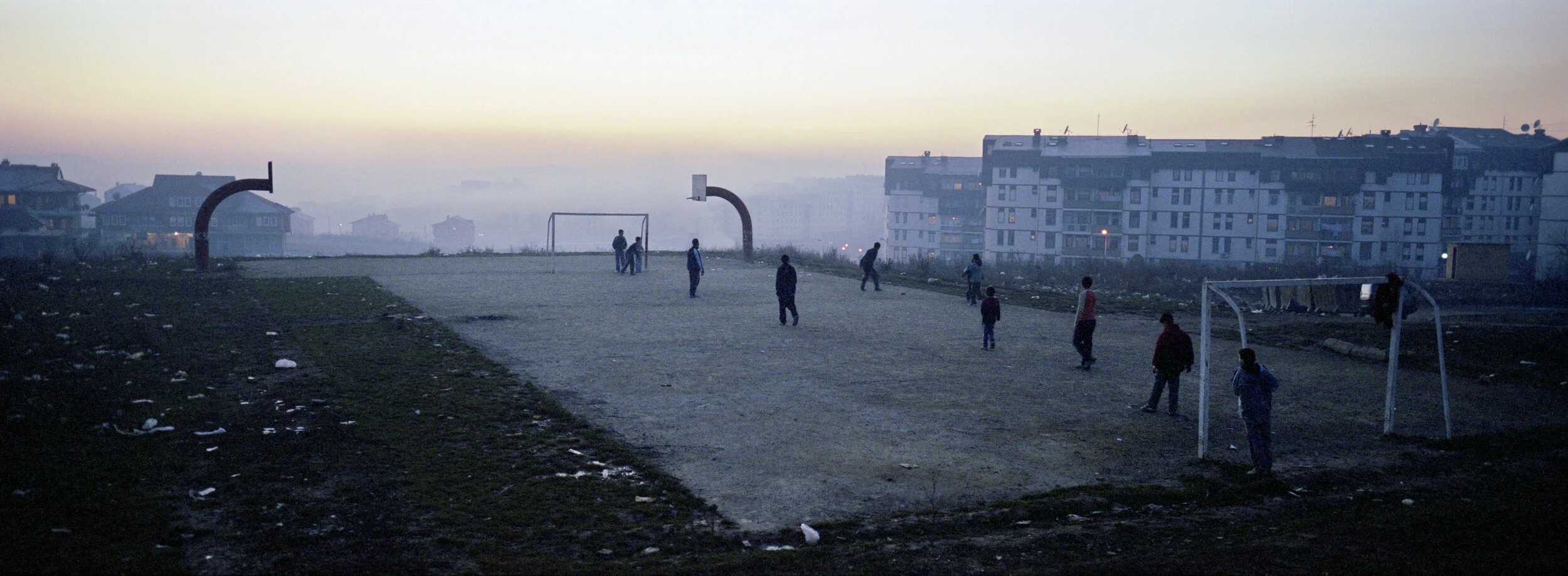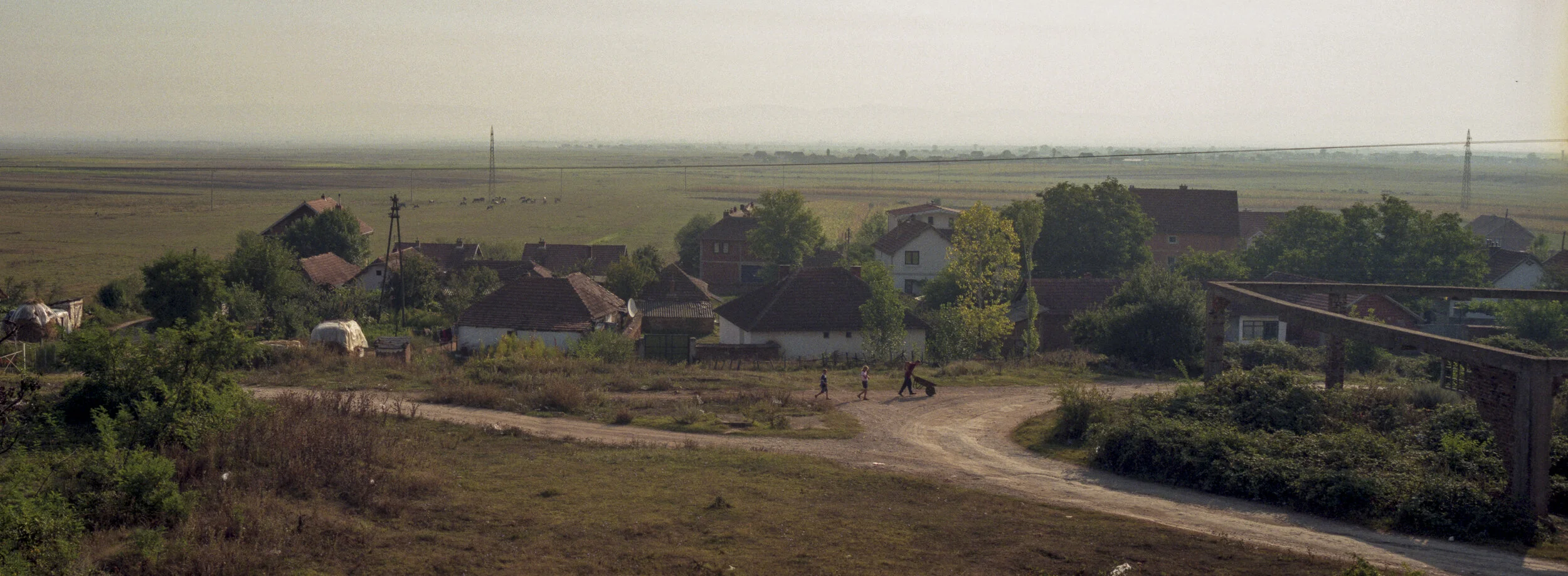STATUS PENDING
In 2004, James Dobbins, a former advisor to President Clinton, wrote in the International Herald Tribune that immediately after the war in 1999 it was decided that for the foreseeable future no decision should be taken on Kosovo's independence. Instead, the status quo should be maintained for as long as possible. Western powers were afraid of resolving the issue of final status for fear of unleashing more violence in the Balkans, and so nothing was done. The ethnic Albanians, who had been under Serbian rule for nearly one hundred years grew more and more restless. The Serbs, who see Kosovo as the cradle of their civilization worked on creating parallel structures in the Serbian enclaves, under the control of Belgrade, in an attempt to retain some control in the province.
Widespread rioting by the Albanian majority in 2004 was seen as a warning to the international community that the patience of the Albanians had run out, and soon after, the process of resolving Kosovo’s final status began.
It took another four years to finally conclude the process and Kosovo declared it's independence from Serbia on February 17th 2008.
The controversy, however, has not stopped there. Serbia is vociferously opposing independence and has allies in the form of Russia, China, Greece and Spain, all of whom refuse to recognise Kosovo as an independent state. Also Serbia has taken the issue to the International Court of Justice in the Hague, who are due to give their verdict in July 2010.
Kosovo's leaders have been criticized for a lackadaisical approach to the issue of recognition and so far, nearly two and a half years after the declaration, only 69 countries have recognised Kosovo.
These photographs form part of an ongoing portrait of Europe's newest country.
a Back to Kosovo Projects




















